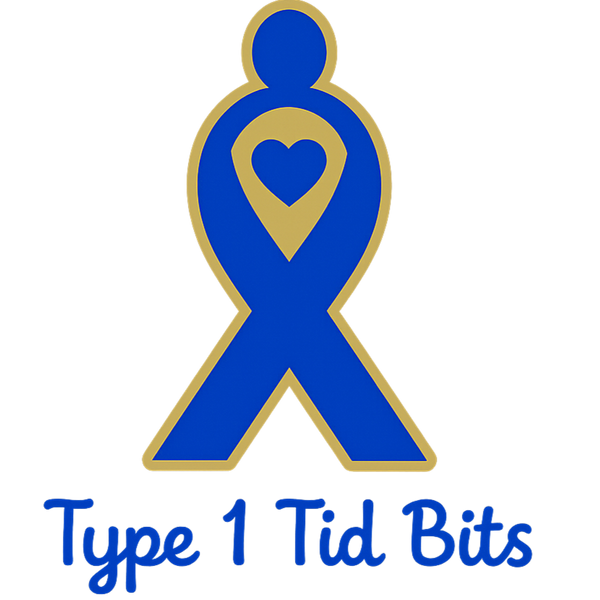When most people think of type 1 diabetes (T1D), they picture insulin injections, carb counting, and glucose checks. But one area that often gets overlooked is skin health. From dryness to slower wound healing, diabetes can affect the body’s largest organ in subtle and not-so-subtle ways.
Understanding the connection between type 1 diabetes and skin is key to preventing complications, spotting early warning signs, and protecting long-term health.
Why Does T1D Affect the Skin?
Type 1 diabetes can influence skin health in a few important ways:
-
High blood sugars: Excess glucose can cause dehydration, making skin dry and itchy.
-
Circulation issues: Over time, blood vessel damage may reduce oxygen and nutrient delivery to the skin.
-
Immune changes: Diabetes can impair the body’s ability to fight infections, making skin more vulnerable.
-
Nerve damage: Neuropathy may reduce sensation, so cuts or infections go unnoticed until they worsen.
Common Skin Conditions Linked to T1D
-
Dry, itchy skin: High glucose levels pull fluid from the body, leaving skin prone to cracks.
-
Bacterial infections: Styes, boils, and infected hair follicles are more common.
-
Fungal infections: Candida (yeast) can cause rashes, especially in warm, moist areas.
-
Diabetic dermopathy: Small, round, brownish patches often appear on the shins.
-
Slow-healing wounds: Even minor cuts or blisters can take longer to repair, increasing the risk of complications.
Wound Healing & T1D
Wound healing is one of the biggest challenges for people with diabetes. Why?
-
Reduced blood flow slows the delivery of healing nutrients.
-
Nerve damage may mean wounds aren’t felt right away.
-
Higher infection risk makes even small wounds harder to manage.
This is why doctors stress the importance of foot checks for people with diabetes—feet are especially vulnerable to unnoticed injuries.
Practical Tips for Skin & Wound Care
Daily Skin Care
-
Moisturise after bathing to prevent dryness.
-
Avoid very hot showers, which can strip natural oils.
-
Choose fragrance-free lotions to reduce irritation.
Preventing Injuries
-
Wear well-fitting shoes to avoid blisters.
-
Use gloves for gardening or household chores.
-
Keep skin hydrated to reduce cracking.
Wound Care Basics
-
Clean cuts promptly with mild soap and water.
-
Cover with a sterile bandage and change it daily.
-
Watch for signs of infection: redness, swelling, pus, or increasing pain.
When to Seek Help
If a wound doesn’t start healing within a few days—or shows signs of infection—contact your healthcare provider. Early treatment prevents serious complications.
Final Thoughts
Skin health is often overlooked in type 1 diabetes, but it plays a vital role in overall wellbeing. By keeping blood sugars in range, practising daily skin care, and staying alert to wounds, people with T1D can reduce complications and protect their skin for life.
Remember: healthy skin isn’t just about comfort—it’s about safety and long-term health.

